A Summer of Hare Krishna Festivals
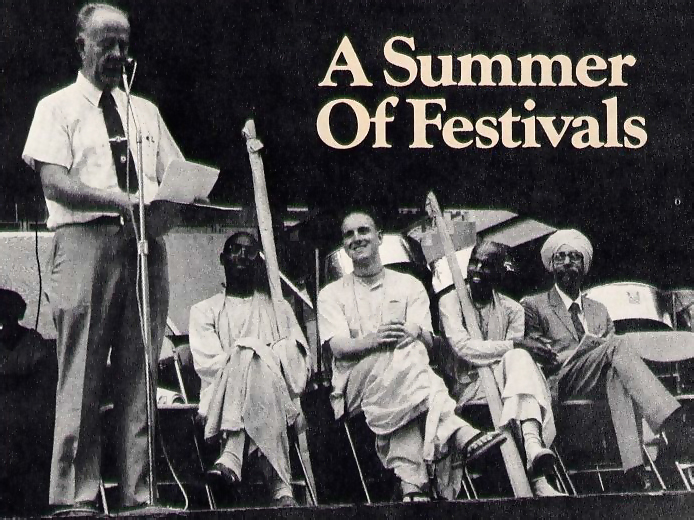
Devotees of Lord Krsna organized public gatherings in several major cities this summer to celebrate traditional Krsna conscious festivals.
By BTG Editors on News

Devotees of Lord Krsna organized public gatherings in several major cities this summer to celebrate traditional Krsna conscious festivals.
By Madhudvisa dasa on News
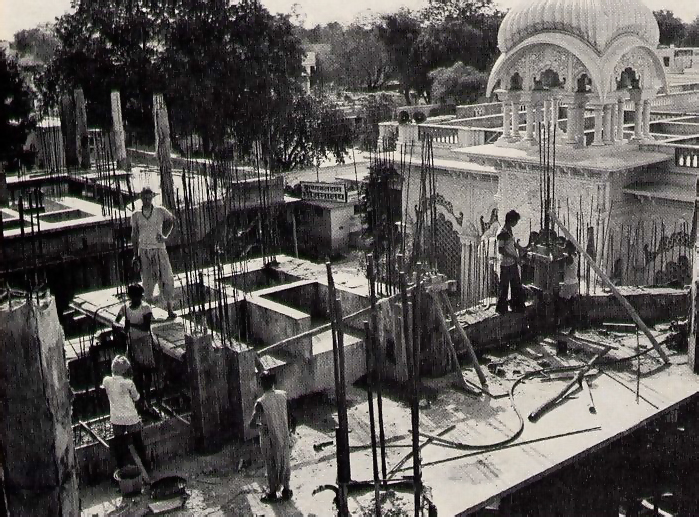
Although the opening is still more than a year away, work progresses rapidly on this memorial samadhi (tomb) in honor of the late founder-acarya of the International Society for Krishna Consciousness, His Divine Grace A.C. Bhaktivedanta Swami Prabhupada.
By Madhudvisa dasa on News
A look at the worldwide activities of the International Society for Krishna Consciousness (ISKCON) Nepalese Ambassador Voices Support for Krsna Embassies Paris—Krishna Rajaryal, Ambassador to France from Nepal, recently met with several representatives of the International Society for Krishna Consciousness (ISKCON) to voice his support for the Society, which has faced occasional attacks here from […]
By Satsvarupa dasa Gosvami on News

The media’s complete coverage of the Mount St. Helens volcano completely avoided seriously considering the cataclysm’s ultimate cause. Photographers in airplanes hovered over the mountain, taking sensational news photos of the blast, officials tallied the loss of life and money.
By BTG Editors on News
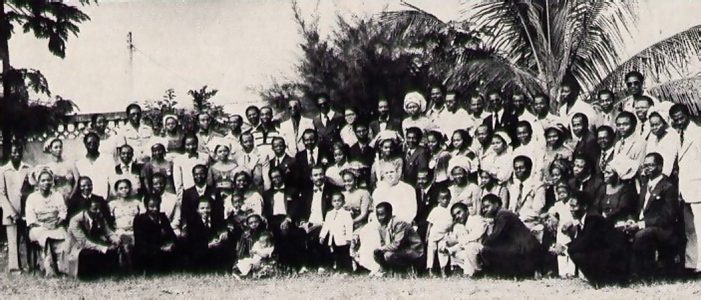
Brahmananda Swami, who oversees ISKCON’s activities in West Africa, delivered the keynote address here at the Annual Convocation of a metaphysical group called the School of Universal Law
By BTG Editors on News
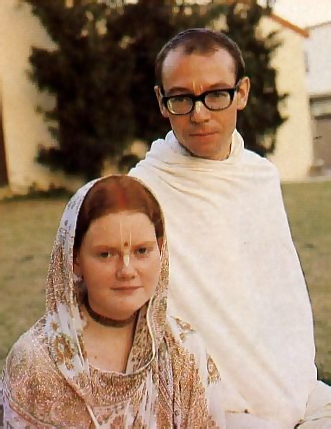
Recently a federal judge approved a settlement awarding the International Society for Krishna Consciousness and one of its members $ 10,000 and court costs in a deprogramming case.
By BTG Editors on News

The International Society for Krishna Consciousness recently inaugurated the British Bhakti-yoga Academy at Croome Court, twenty-five miles south of Birmingham and a 2 ½-hour drive from central London.
By BTG Editors on News

For several years now, actors and critics alike have been paying regular visits to the Hare Krishna Building to take in performances by Govinda’s American Theater Ensemble (G.AT E.). The special attraction of late has been the Ramayana.
By BTG Editors on News
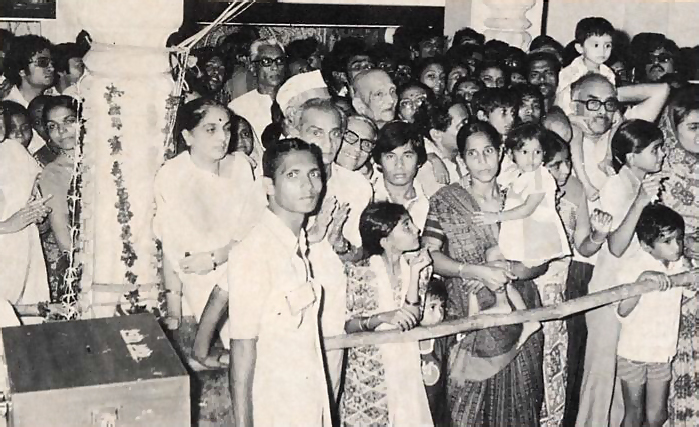
Recently, the International Society for Krishna Consciousness held a three-day festival in 115 cities worldwide. The celebration honored Janmastami (the day Lord Krsna made His advent in this world) and Vyasa-puja.
By BTG Editors on ~Featured~, News
Moscow—Members of the Hare Krishna sect said Monday that despite an easing of restrictions on political dissent, Soviet authorities are still detaining followers in prisons and psychiatric hospitals.
By Madhudvisa dasa on News
Brace yourself: we’re in for it again. Here they come—more and more of ’em, and getting more scary all the time. Nuclear weapons. What to do?
By BTG Editors on News
When the group arrived at the Zanzibar airport, members of Parliament, national television correspondents, and leading citizens welcomed Navayogendra Swami.
By Madhudvisa dasa on ~Featured~, News
Despite almost one hundred years of research in evolution, paleoanthropologists have not given us a clear understanding of man and his origins.
By BTG Editors on News
A look at the worldwide activities of the International Society for Krishna Consciousness (ISKCON) Italians Gain Spiritual Perspective on Animal Rights Florence, Italy—Animal-rights activists recently met at ISKCON’s Villa Vrndavana rural community here to discuss the spiritual dimensions of the animal-rights movement. Participants included members of the Italian Vegetarian League, the Italian League for Animal […]
By BTG Editors on News
Transcendental Commentary on the Issues of the Day The Intellectual Animal by Rupanuga dasa Eating, sleeping, mating, and defending. These propensities are common to the animal, including the human animal. Especially for humans, fulfilling these propensities creates a constant challenge: how to eat well, how to sleep comfortably, how to make more suitable arrangements for […]
By BTG Editors on News

Queen Elizabeth II bows slightly to receive a garland worn earlier by the Krsna Deity at London’s ISKCON center. Making the presentation is eight ·year-old Bhaktimati dasi.
By BTG Editors on News
“Did Shakespeare Know the Lord?” Joseph Gallagher, a liberal clergyman serving in Baltimore, is the author of Diary of a City Priest. In his chronicle for 1979 he noted, “One morning I preached on some of the secrets life had taught me about itself.” But after his sermon a young girl approached him and said […]
By BTG Editors on News
Transcendental Commentary on the Issues of the Day Relief Short-Lived by Dvarakadisa-devi dasi Nancy Wexler is a forty-one-year old neuropsychologist who, having witnessed her mother’s agonizing battle with fatal Huntington’s disease, now faces a fifty percent chance of dying in the same wretched way. She is also one of the developers of a test for […]
By BTG Editors on News
A look at the worldwide activities of the International Society for Krishna Consciousness (ISKCON) Bolivia’s President Receives Books Bolivia’s president, Dr. Victor Paz Eastenssoro, received some of Srila Prabhupada’s books when he visited a Krsna consciousness booth at a fair held in Santa Cruz recently. The president’s acceptance of the books was an ecouraging sign […]
By Jayadvaita dasa on News
If we analyze our bodies we’ll find nothing more than a barrelful of water and five or six dollars’ worth of chemicals. Yet if we meditate on our selves—who we really are—we intuitively know that each of us is something more.
